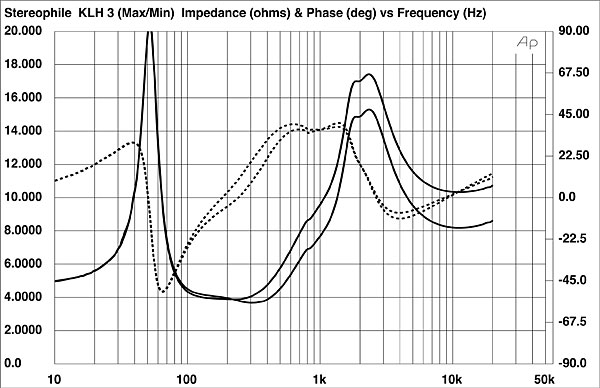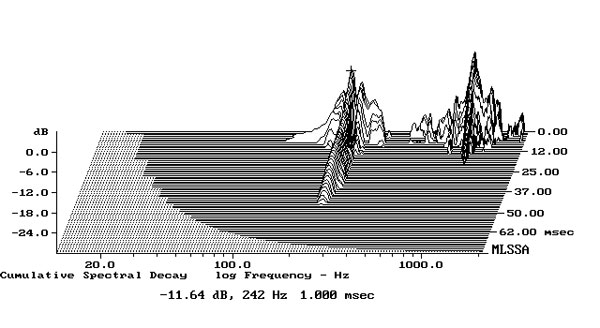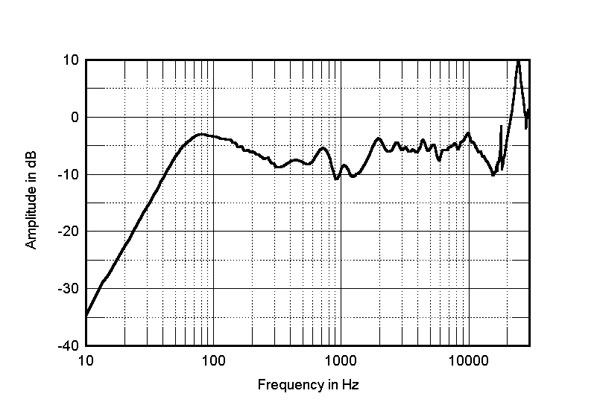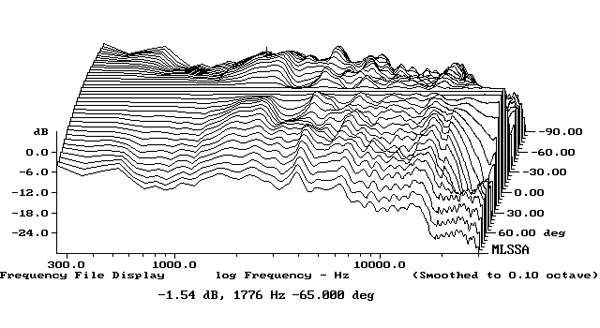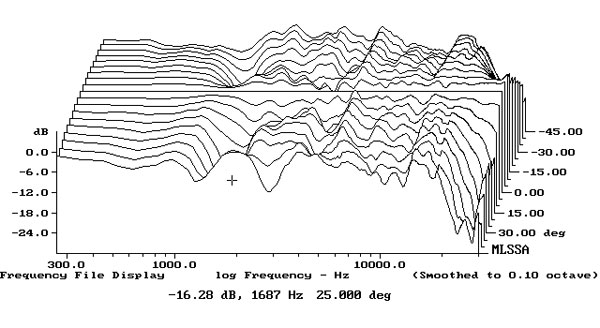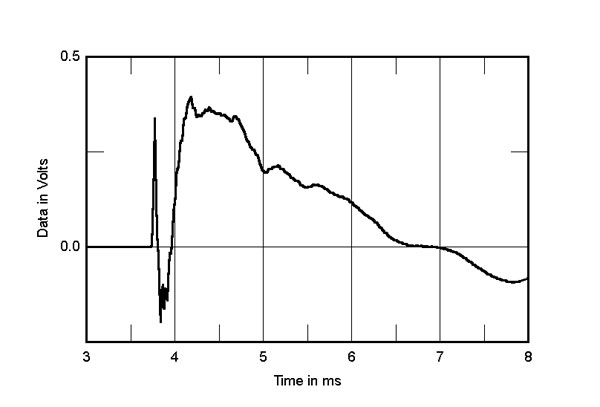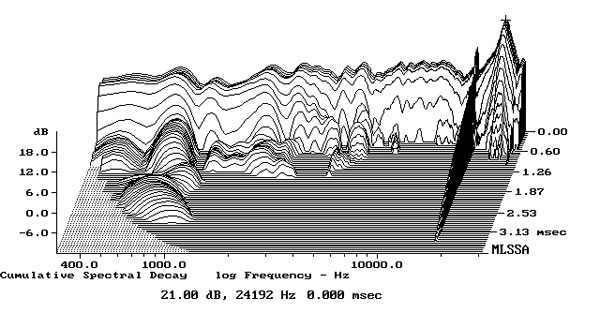| Columns Retired Columns & Blogs |
In the past 15 years I have bought and enjoyed pairs of KLH Models 5, 6, 17 and 32. In total they cost me about 500 euros. The Model 5 is great, but the Model 6 is special, with a perfect, springy "bounce" to the sound.
